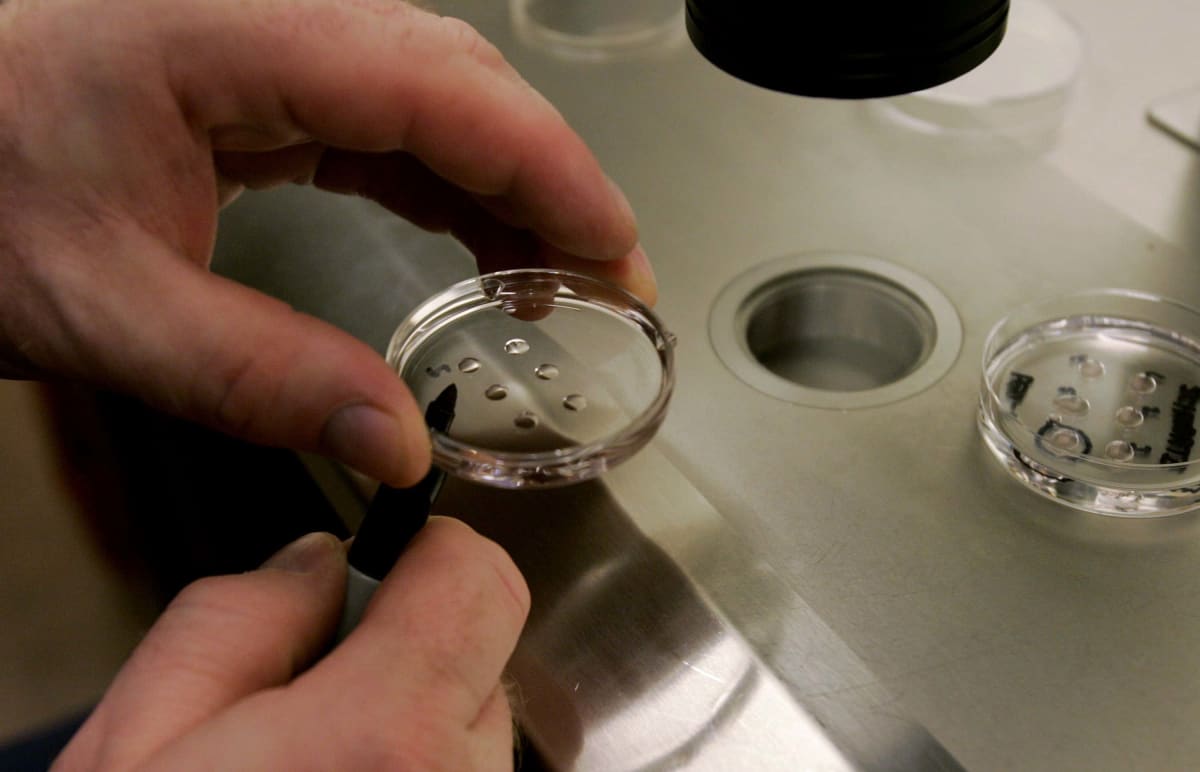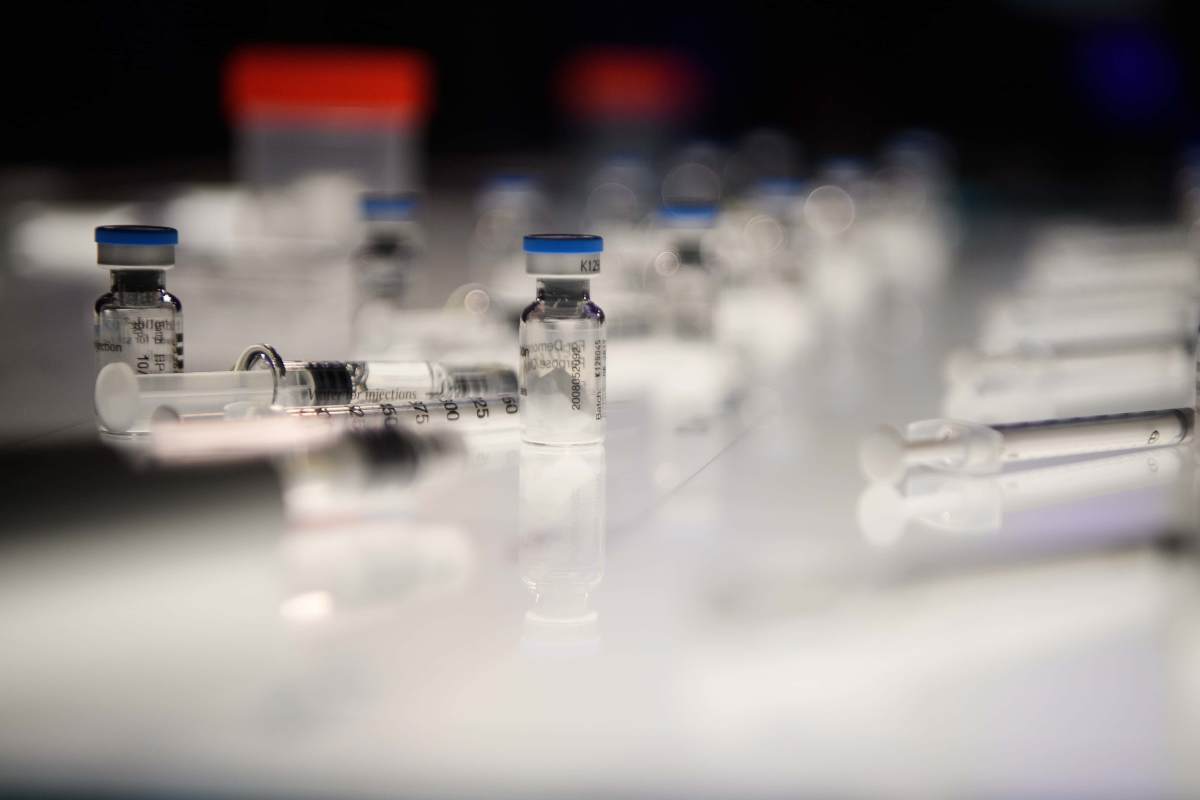Who was Anne McLaren? Google Doodle celebrates geneticist and pioneer of IVF on her 94th birthday

The Google Doodle for April 26 celebrates the life of British scientist and author Anne McLaren, on what would have been her 94th birthday. McLaren is often regarded as one of the most consequential reproductive biologists of the 20th century, especially due to her fundamental research on embryology, which paved the way for developing in-vitro fertilization (IVF) technology.
RELATED ARTICLES
Born on April 26, 1927, Anna McLaren grew up in London and went on to play a small role in H.G. Wells' 1936 sci-fi movie, 'The Shape of Things to Come'. In her scene, which set in the year 2054, her great-grandfather educated her on the "advancement of space technology that had put mice on the moon," according to Newsweek. McLaren reportedly considered this experience an early inspiration for her love of science.
The science enthusiast studied zoology at the University of Oxford, where she learned from prominent biologists like Peter Medawar, who won the Nobel prize for his research on the human immune system. McLaren completed her postgraduate studies at University College London.

In the 1950s, McLaren worked with mice to delve deeper into the biology of mammalian development. "While the subjects of her research were tiny, the implications of their study proved massive," the Google Doodle notes.
McLaren and her colleague John Biggers successfully demonstrated the possibility of creating healthy embryos outside of the mother's womb by successfully growing mouse embryos in vitro. In 1958, these finds were published and proved to be instrumental for the development of IVF technology.
According to Newsweek, IVF was first implemented in humans two decades after the findings were published, when the first "IVF baby" Louise Brown was born. At the time, the ethics surrounding the technology were still controversial.
McLaren was the only research scientist on the Warnock Committee, which was established in 1982 to form policies and safeguards around recent developments in embryology. Meanwhile, McLaren also served as a member of the European Group on Ethics in Science and New Technologies and was known to advocate for regulated research on early mammalian and human embryos.
Her role in the committee was instrumental in the enactment of the 1990 Human Fertilization and Embryology Act, which reportedly limited the in-vitro culture of human embryos to 14 days after the embryo was created.

In 1991, McLaren was appointed Foreign Secretary, and later vice-president of The Royal Society, the world's oldest scientific institution. Thus, she became the first woman to ever hold office in the institution's 330-year history.
All her life, McLaren sought to spark an interest in science in children and society in general. In 1994, she was elected as president of the British Association for the Advancement of Science, (now known as the British Science Association). McLaren used the organization to popularize science, engineering, and technology across Britain and worked towards making the subjects more accessible.
Honoring McLaren, the Google Doodle states, "Happy birthday, Anne McLaren. Thank you for all your incredible work and for inspiring many new generations to come because of it!"










